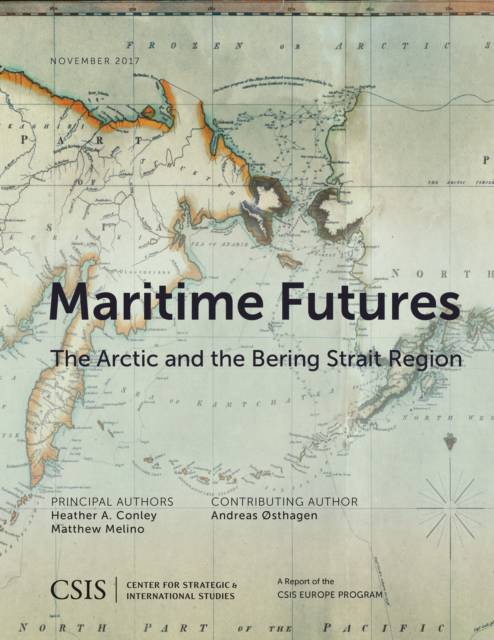
- Afhalen na 1 uur in een winkel met voorraad
- Gratis thuislevering in België vanaf € 30
- Ruim aanbod met 7 miljoen producten
- Afhalen na 1 uur in een winkel met voorraad
- Gratis thuislevering in België vanaf € 30
- Ruim aanbod met 7 miljoen producten
Zoeken
€ 57,45
+ 114 punten
Omschrijving
Significant diminishment of the Arctic ice cap is propelling the advent of a new, blue water ocean and, with it, new commercial and economic opportunities. Abundant natural and mineral resources, as well as rich fishing stocks, encourage Arctic and non-Arctic nations to explore these resources through the enhanced use of Arctic maritime transportation routes, which connect geographically distant economies more directly. As a result, the evolving commercial dynamics of Arctic international shipping--both destinational and transshipment--are beginning to change. Once considered dangerous and noncommercial, Arctic shipping routes such as the Northern Sea Route are increasingly scrutinized as potential economical alternatives to some of the world's most popular maritime passages.
Specificaties
Betrokkenen
- Auteur(s):
- Uitgeverij:
Inhoud
- Aantal bladzijden:
- 62
- Taal:
- Engels
- Reeks:
Eigenschappen
- Productcode (EAN):
- 9781442280335
- Verschijningsdatum:
- 17/11/2017
- Uitvoering:
- Paperback
- Formaat:
- Trade paperback (VS)
- Afmetingen:
- 213 mm x 274 mm
- Gewicht:
- 158 g

Alleen bij Standaard Boekhandel
+ 114 punten op je klantenkaart van Standaard Boekhandel
Beoordelingen
We publiceren alleen reviews die voldoen aan de voorwaarden voor reviews. Bekijk onze voorwaarden voor reviews.











